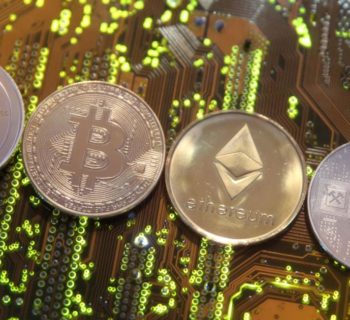At the beginning of the 1990s, the economy of India went through a remarkable policy shift. This new form of economic reforms is known as Liberalisation, Privatisation and Globalisation or LPG. The main aim of this reform was to make India's economy the fastest growing economy across the globe with an ability that could match the highest economy of the world.
Various other reforms that were initiated for manufacturing, business, and financial services also starting targeting at uplifting the economy of the country. All these economic reforms had a significant influence on the economic growth of the nation in an exceptional manner.
Now let's understand each concept in details.
What is Liberalisation?
The main purpose of liberalisation was to end restrictions that were a hindrance in the development of the nation. This meant loosening government control over private companies and allowing them to expand and grow for the benefits of the country. In simple words, the meaning of liberalisation refers to lessening government regulations.
Objectives if Liberalisation
- To grow competition between domestic industries.
- To uplift foreign trade with foreign countries and regulate imports and exports.
- Improve technology and foreign capital.
- To remove the debt of the nation.
What is Privatisation?
Privatization means a transfer of ownership, management, and control from the public sector to the private sector. In other words, privatization implies an increase in the authoritative role of private sector companies and the less part of public sector companies.
Government companies can be transferred to private companies in two ways:
- By disinvestment
- By removal or cancellation of governmental management and ownership of public sector companies.
Objectives of Privatisation
- Enhance the financial condition of the government.
- Decrease the job load.
- Improve the productivity of government companies.
What is Globalisation?
Globalisation means to combine one country's economy with the global economy by focusing on private and foreign investment and foreign trade. Its main aim is to transform the world by setting various strategic policies. Globalisation and the India economy was unified in the year 1990. After which India saw a drastic change in its economy and recorded the annual average rate growth in GDP at 6.1 %.
Objectives of Globalisation
- Rise in Employment
- A surge in Compensation:
- Improved Standard of Living
- Better Purchasing Power
To have a better understanding of commerce concepts, stay tuned to BYJU’S.





















